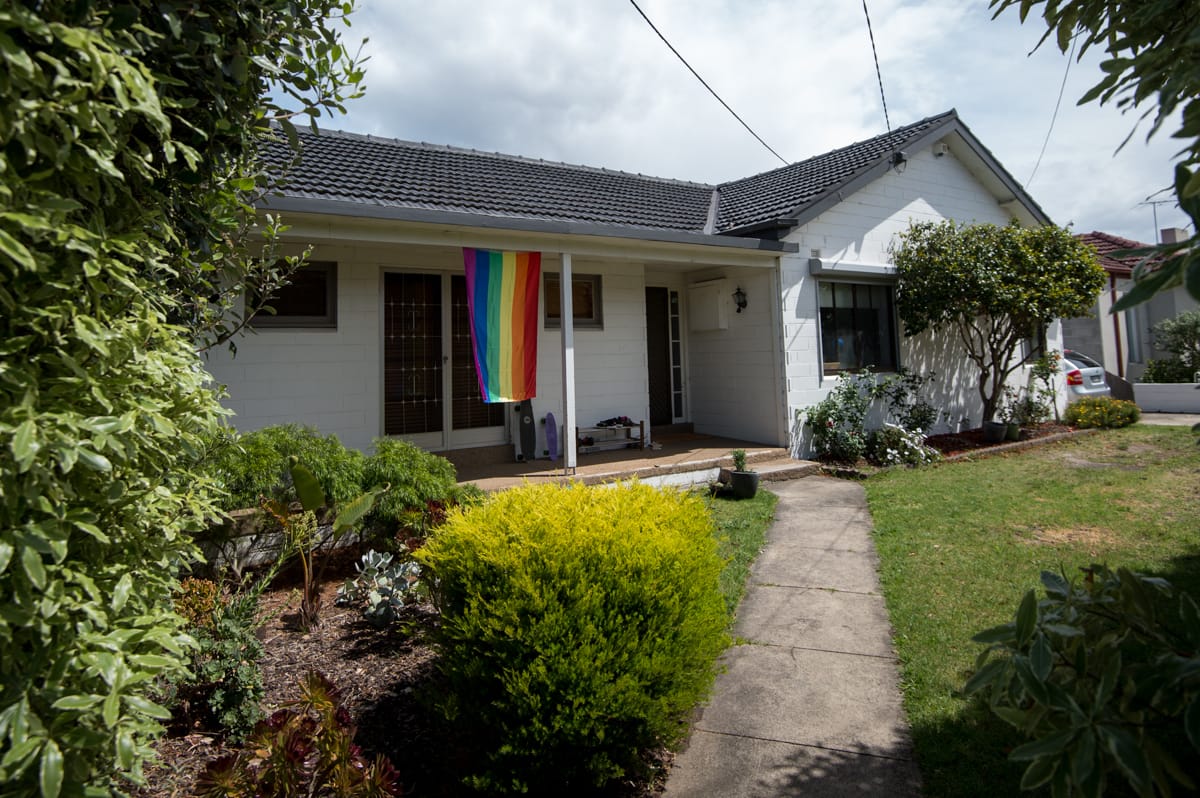
Monash data-cruncher Dr Anastasios Panagiotelis was working on another mapping project (about Greek enclaves in Melbourne) when he had the idea of creating a same-sex couples map of Australia. In essence, he thought, ‘Why not?’. The issue is more than topical and more than just in the news cycle. It's among the biggest social issues the country has faced for decades.
“The timing is good,” says Dr Panagiotelis a Monash University senior lecturer in the department of econometrics and business statistics.
Couldn’t be better, in fact. The same-sex marriage postal vote (you may have heard of it) has a deadline of November 7 but the Australian Bureau of Statistics have asked people to return their ‘Yes/No’ vote by October 27. Around 63 per cent of voters have already done so. There are few things more topical and more divisive in Australian life right now.
So what does the interactive map do? It plots the most recent census data to every federal electorate and shows the proportion of same-sex couples, either male or female, or both. The data can be shown as raw numbers, as a percentage of all couples or a percentage of all households. It also supplies 2016 federal election two-party preferred votes for each seat and the sitting MP. Dr Panagiotelis warns that the same-sex numbers are an underestimate because he could only use census data showing couples living in the same house.
It is fascinating, however. Even the predictability of finding that inner-city seats in the big cities have more same-sex couples than, say, the outback is rendered user-friendly by the visualisation and the ability to cross-check the data with who holds the seat and by how much. It makes the political debate come to life in a rare way; it unlocks the statistical story of the same-sex marriage debate. It also comes as the sheer numbers of same-sex couples are booming; in the five years from 2011 there was an increase across Australia of 39 per cent.
The most same-sex couples in Australia, the map reveals, live in deputy Labor leader Tanya Plibersek’s inner-city seat of Sydney, which includes Glebe, Pyrmont, Redfern, The Rocks, Ultimo, Annandale, Newtown, Surry Hills, Darlinghurst and King’s Cross. Here, same-sex couples make up 10.4 per cent of all couples. The inner-city Melbourne seat of Melbourne, held by the Greens’ Adam Bandt, only has 4.5 per cent using the same comparison, which is just a little more than Melbourne Ports, Wills and Batman.
Prime Minister Malcolm Turnbull’s inner-city Sydney seat of Wentworth has 1.4 per cent, which is in fact relatively large. “His handling of the issue could have implications for him retaining his seat,” says Dr Panagiotelis. “Notwithstanding the fact that he is in favour of marriage equality.”
Curiously, in Far North Queensland, not a place that would necessarily come to mind when thinking about marriage equality, the Coalition’s Warren Entsch’s seat of Leichhardt – north of Cairns – has a proportion of 1.2 per cent, which, like Wentworth, Dr Panagiotelis considers high. Mr Entsch has come out in favour of a yes vote. The next-door seat of Kennedy, held by Bob Katter and spanning Mount Isa, Cairns and Townsville, has only 0.38 per cent.
The lowest number in the country is in the Coalition seat of Maranoa, in outback western Queensland, with 0.3 percent.
Monash political scientist Dr Zareh Ghazarian, a lecturer in politics and international relations at the School of Social Sciences, says the map shows to him that federal Labor is threatened the most because it will need to battle the Greens for the equality vote in future elections. But he says by Labor’s leadership “defusing” marriage equality as an issue, it has “safeguarded its interests”.
He says the key lies in what happens after the votes are counted. That announcement comes on November 15. If the vote is ‘Yes’, he says, then the way the government deals with the ensuing legislation will be paramount.
“They could sit on it and do nothing,” he says. “That could be another battleground – over what the bill will look like. We could see this drag on for another six to 12 months, which is negative for the government, because people want it off the agenda.”





